G-2 class geomagnetic storm may hit Earth tomorrow! Check what NASA revealed
NASA has tracked solar events and now, they may well spark a G-2 class geomagnetic storm on Earth tomorrow. The potential risks cannot be confirmed yet, but there is a probability that they can cause auroras and radio blackouts.
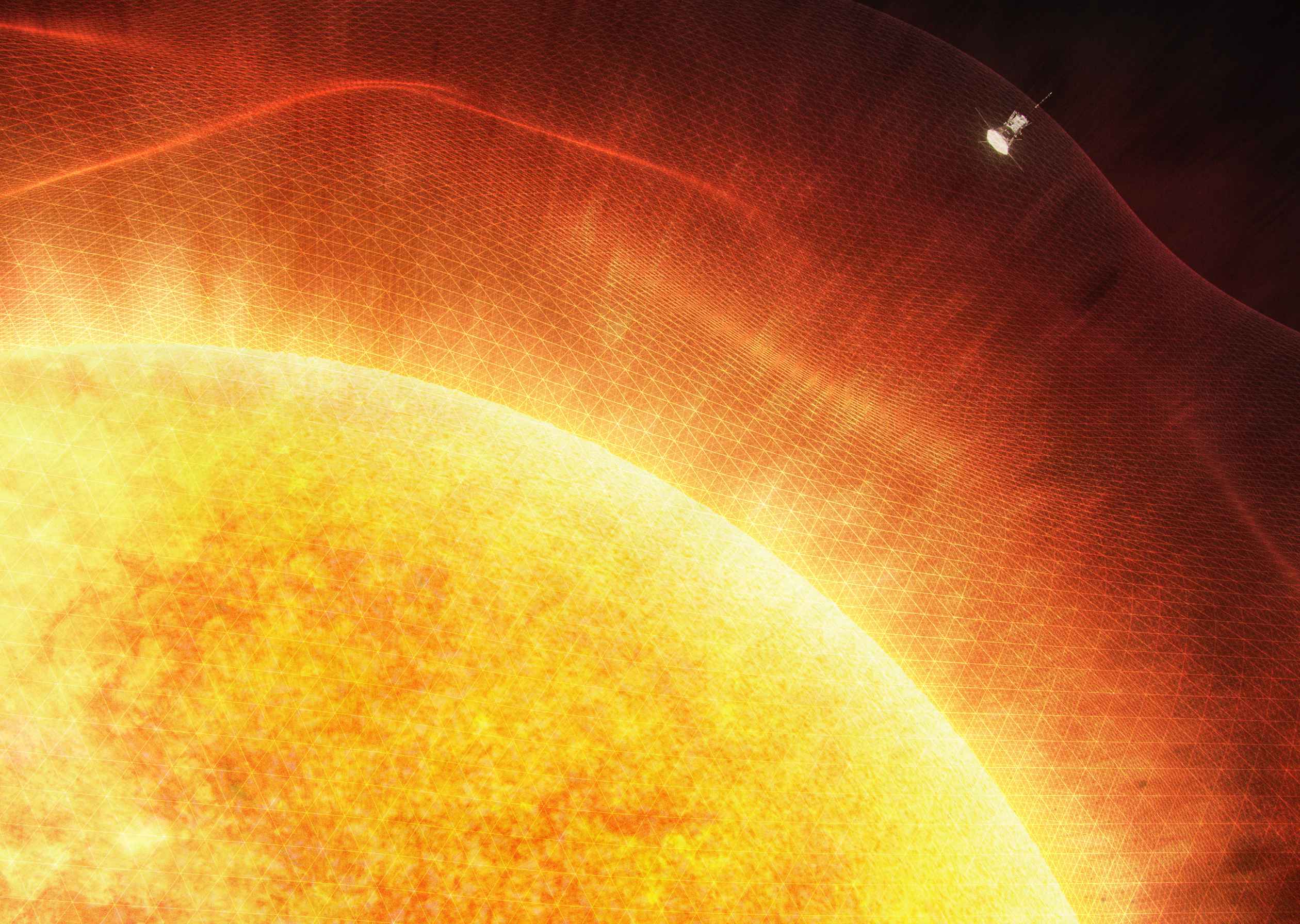

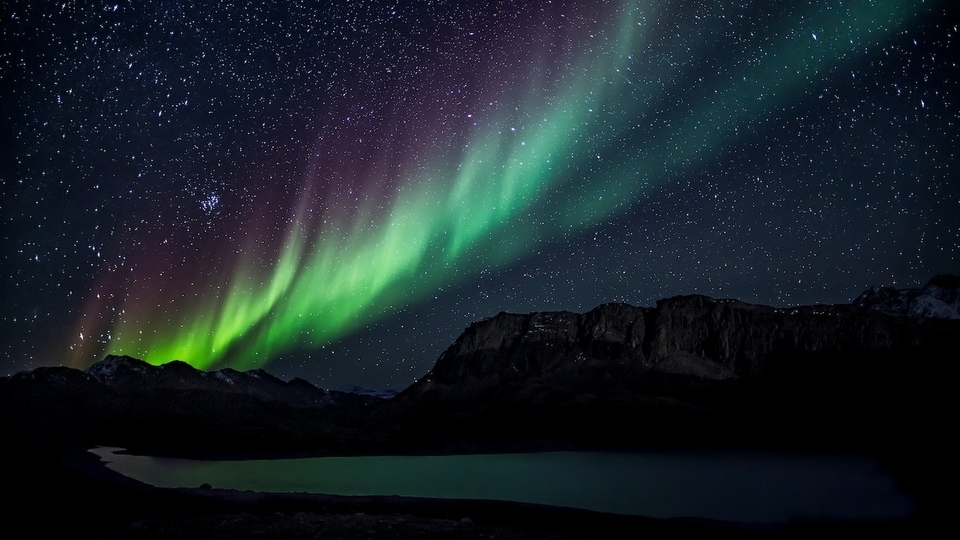
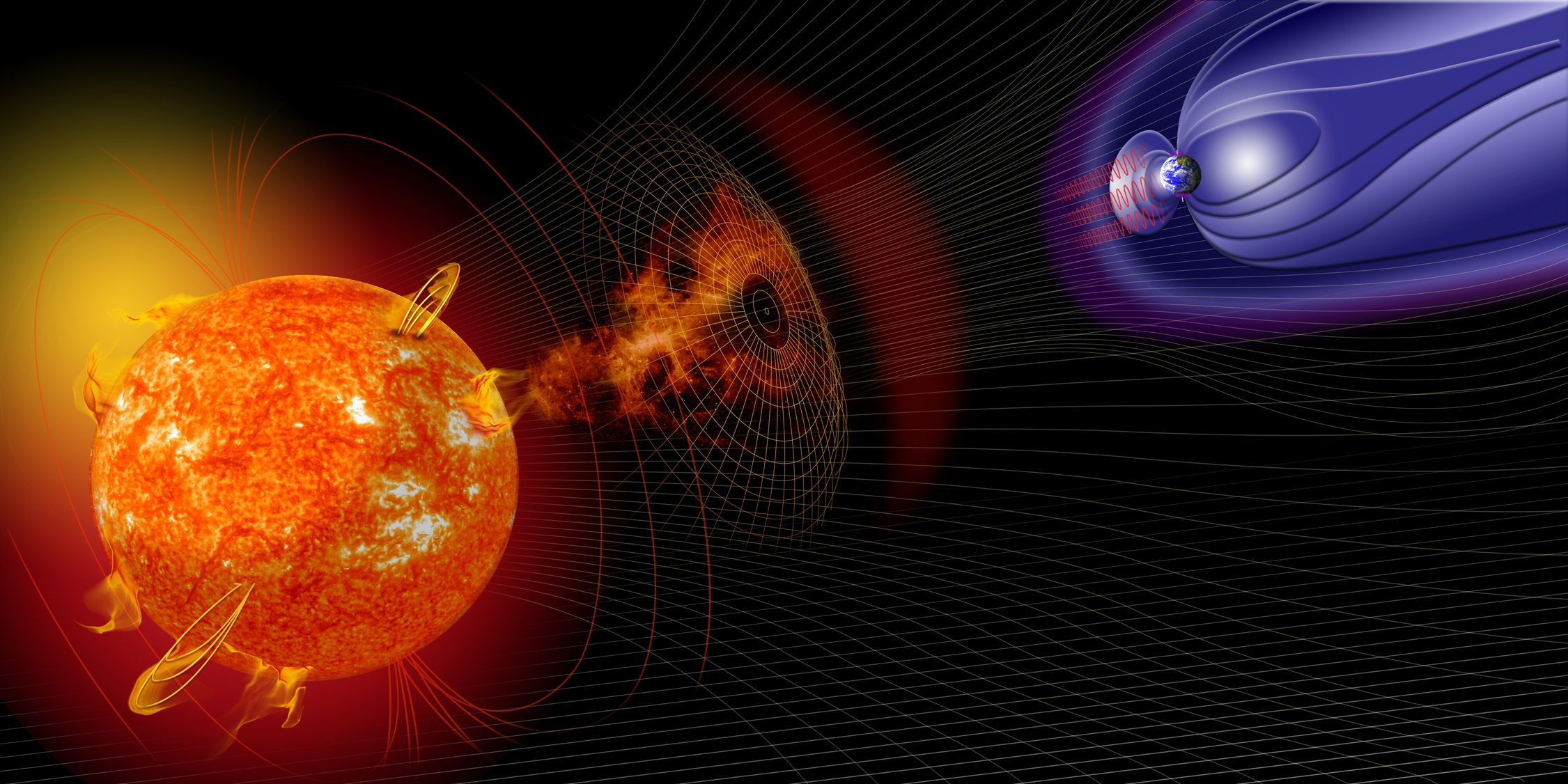

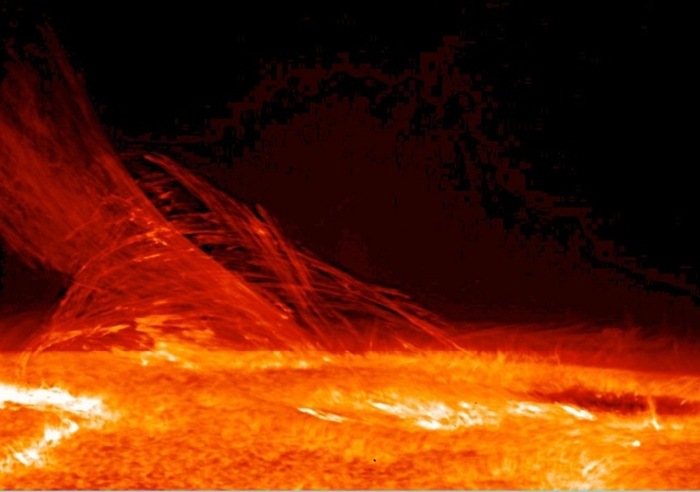

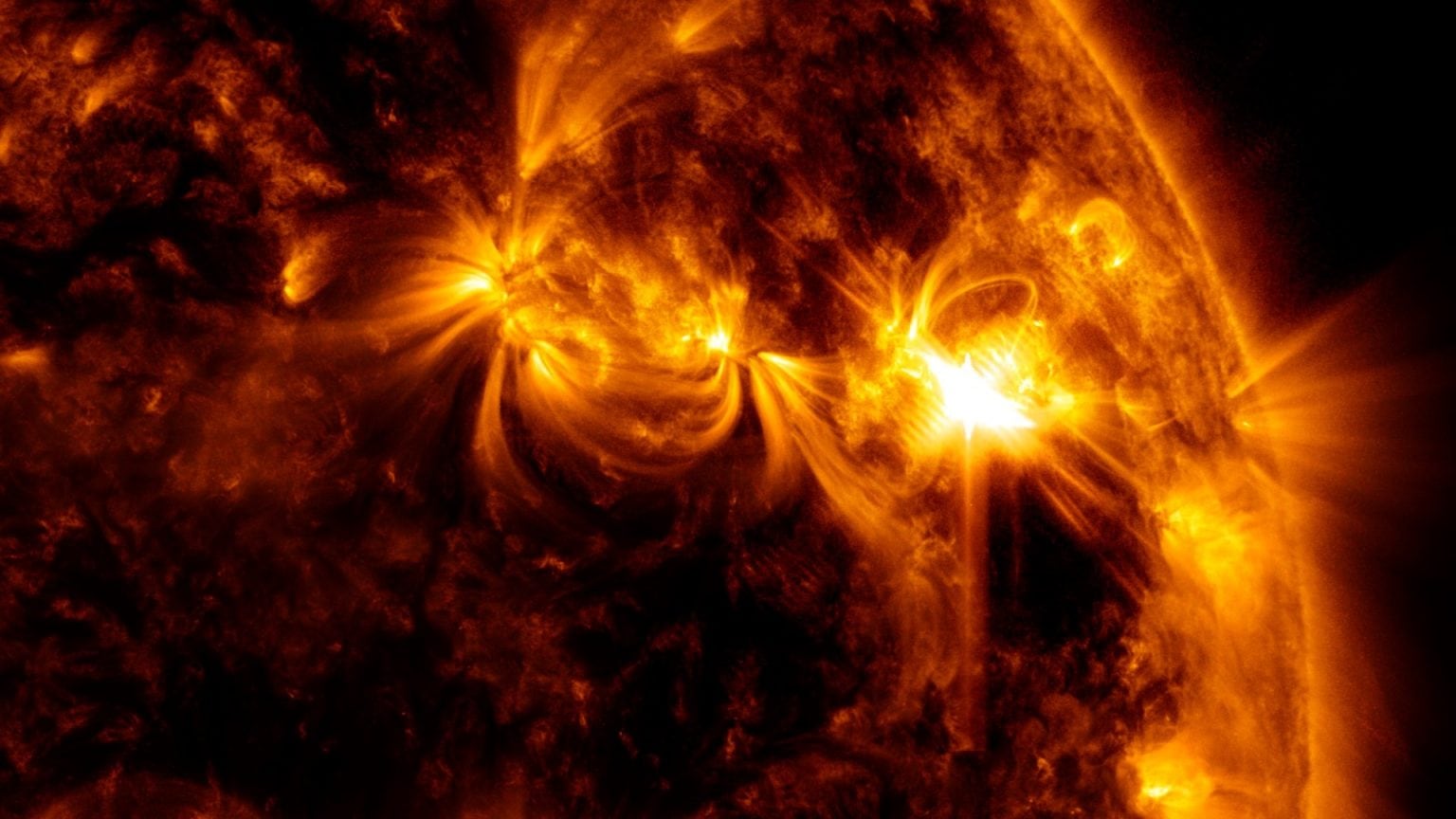
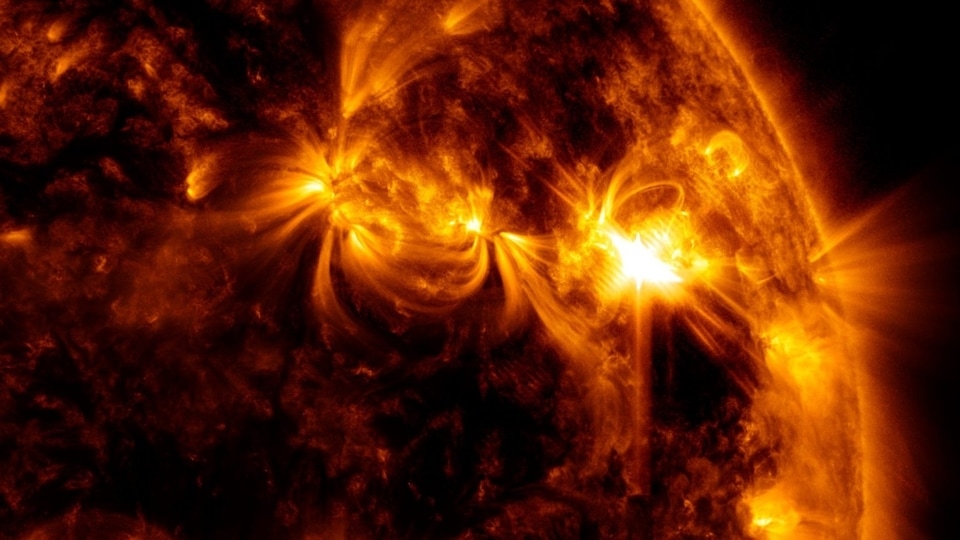
First Published Date: 10 Nov, 17:20 IST
Tags:
geomagnetic storms
NEXT ARTICLE BEGINS




























